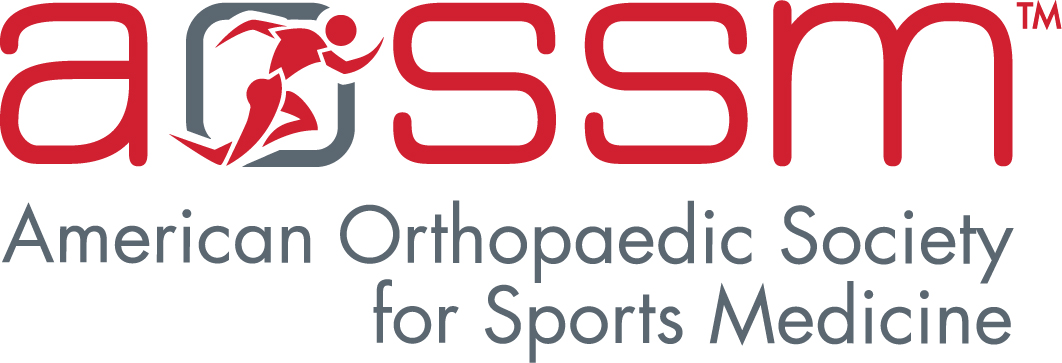Newswise — Treatment of large cartilage knee defects with an allograft osteoarticular transplant (OATS) may not allow some military personnel to return to full active duty status, say researchers presenting their work at the American Orthopaedic Society for Sports Medicine’s (AOSSM) Specialty Day in Chicago, IL.
“Only 28.9 percent of the military patients we studied were able to return to full duty, when they received the OATS procedure with only 5.3 percent returning to their pre-injury level of activity,” said James S. Shaha, MD of Tripler Army Medical Center in Hawaii. “It appears the branch of service also was a significant predictor of outcome, with Marines and Navy service members more likely to return to full activity.”
Researchers performed a retrospective review on 38 OATS procedures performed at a single military institution by four sports medicine fellowship-trained orthopaedic surgeons between January 2002 and August 2011. All patients were active duty at the time of the index operation with data collected on demographics, return to duty, the Knee Injury and Osteoarthritis Outcome Score and ultimate effect on military duty. Success was defined as ability to return to pre-injury military occupation specialty with no restrictions. The procedure was shown to diminish pain and improve function in some patients, but did not “cure” the issues for the active patient. More than 40 percent of the patients in this study were “boarded out” of the military because of this condition.
“Cartilage injuries in the high-demand, athletic population remain a clinical challenge. Our study contrasts recent literature which suggests a high rate of return after the OATS procedure and further demonstrates that physicians must carefully interpret what “return to activity” means to different populations,” said Shaha.
###
The American Orthopaedic Society for Sports Medicine (AOSSM) is a world leader in sports medicine education, research, communication and fellowship, and includes national and international orthopaedic sports medicine leaders. The Society works closely with many other sports medicine specialists, including athletic trainers, physical therapists, family physicians, and others to improve the identification, prevention, treatment, and rehabilitation of sports injuries. AOSSM is also a founding partner of the STOP Sports Injuries campaign to prevent overuse and traumatic injuries in kids.
MEDIA CONTACT
Register for reporter access to contact detailsCITATIONS
American Orthopaedic Society for Sports Medicine Specialty Day (March 23, 2013)
